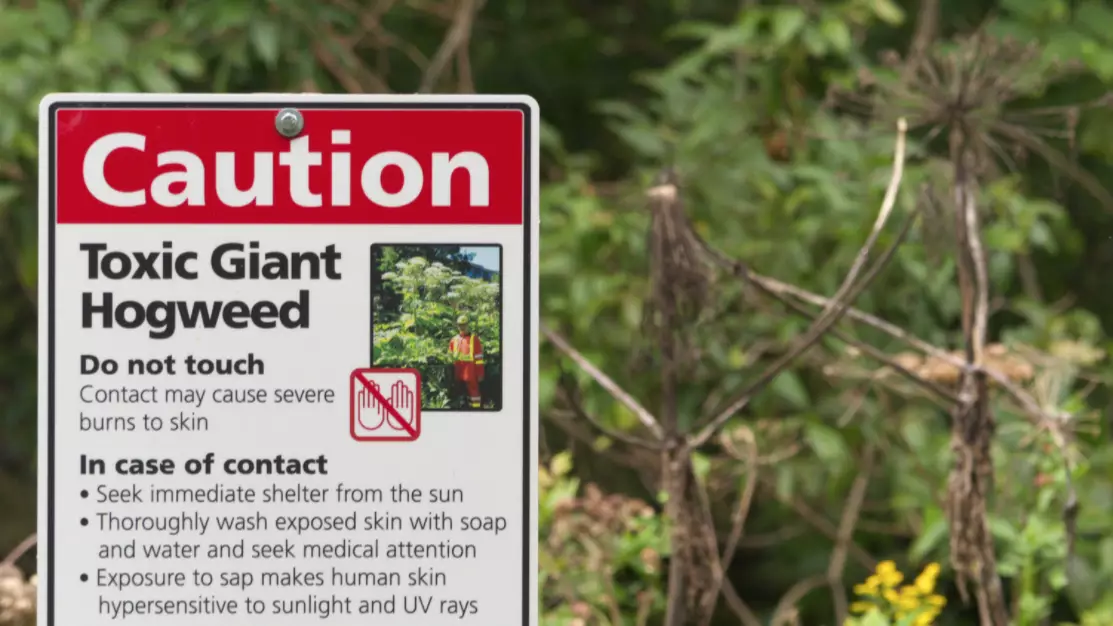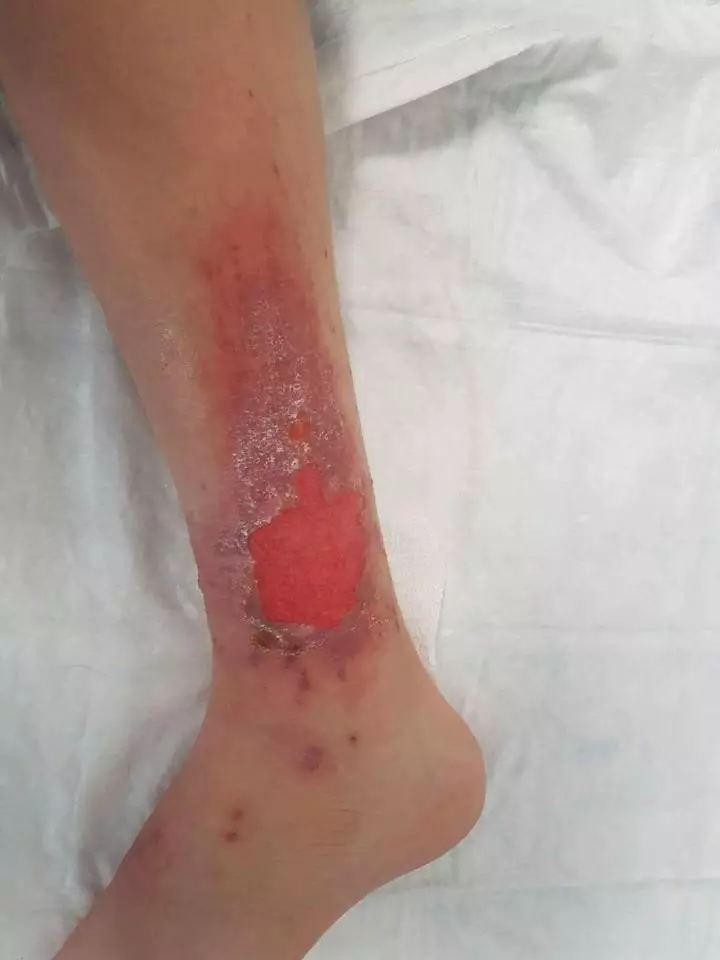
Britain's recent heatwave has sparked an outburst of the UK's most dangerous plant, which can leave people with agonising burns, blisters and sores.
The giant hogweed plant originates from Afghanistan and contains toxic sap which can cause severe burning of the skin through contact.
The 33-degree heat that hit the country over the last few weeks has boosted the plant, resulting in a sharp increase in injuries.

Credit: debs-eye/Flickr
Advert
At the beginning of June, an 11-year-old schoolboy was playing in the park when he came into contact with the dangerous plant.
Having been stung by a nettle, Adam Hodgson mistook the plant for a doc leaf and rubbed in on his nettle stings, causing horrific blisters and burns.

Credit: SWNS
Advert
his mum Lorna Percival, 32, said: "It was the worst thing he could have done. Things went from bad to worse and he was in a lot of pain.
"When I saw what was happening to his leg I took him to hospital.
"The staff said they had never seen anything like it."

Credit: SWNS
Advert
Lorna has since demanded that the local council remove the plant.
"All the council has done is spray the plant with weedkiller, but that could take weeks to work," she said.
"I'm worried it will grow back and continue to be a hazard for kids here.
"I want them to dig it up by the roots and take it away."
Advert

Credit: PA
Guy Barter, chief horticultural advisor at The Royal Horticultural Society told the Huffington Post that hogweed was introduced into Britain from the Caucasus Mountains in the nineteenth century.
Barter said: "Giant hogweed contains chemicals that pick up sunlight and re-emit it in damaging wavelengths.
"The official name for these chemicals is furocoumarins, including psoralen, 5-methoxypsoralen, and 8- methoxypsoralen. They are potent photosensitising chemicals with near ultraviolet light (300-380 nm)."
These chemicals in the plant cause skin to become extremely sensitive to sunlight and can make victims come out in nasty burns and blisters that can last for weeks and even leave scarring.
Advert
This week Essex Live reported that a local cyclist spotted more of the the dangerous near Abberton Reservoir.
If you come into contact with the plant you should rinse the affected area with water immediately, before seeking further advice from your GP.
Words: Paddy Maddison